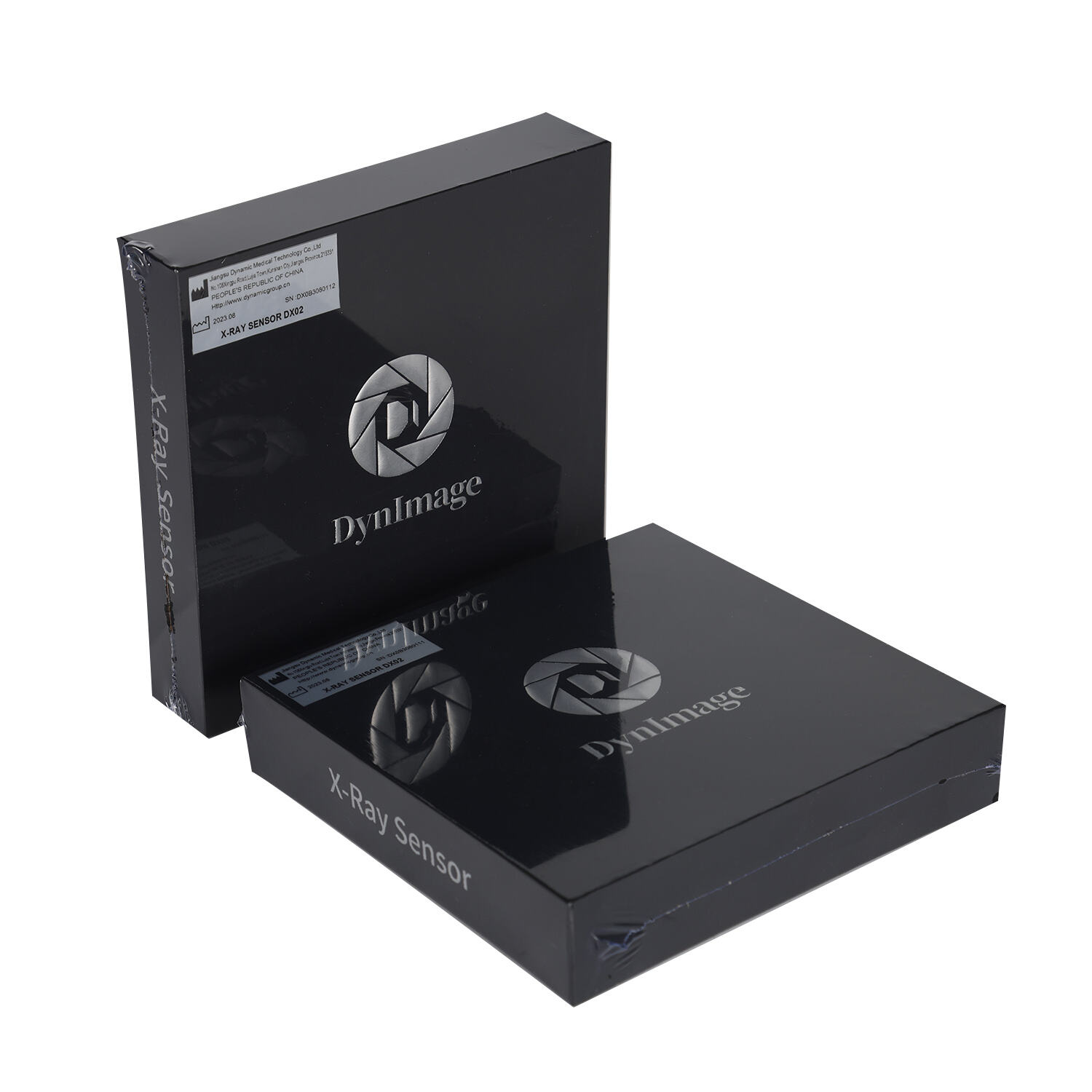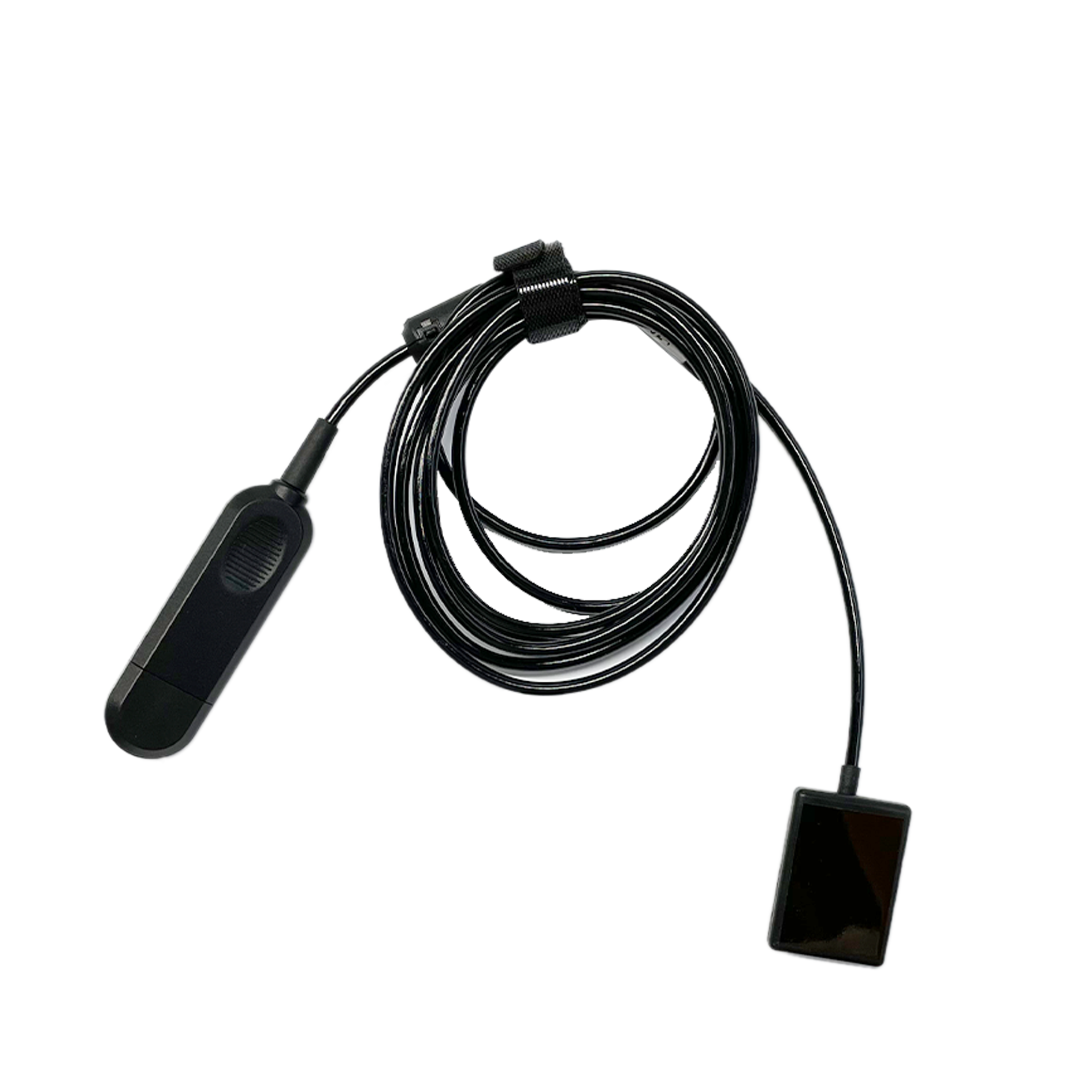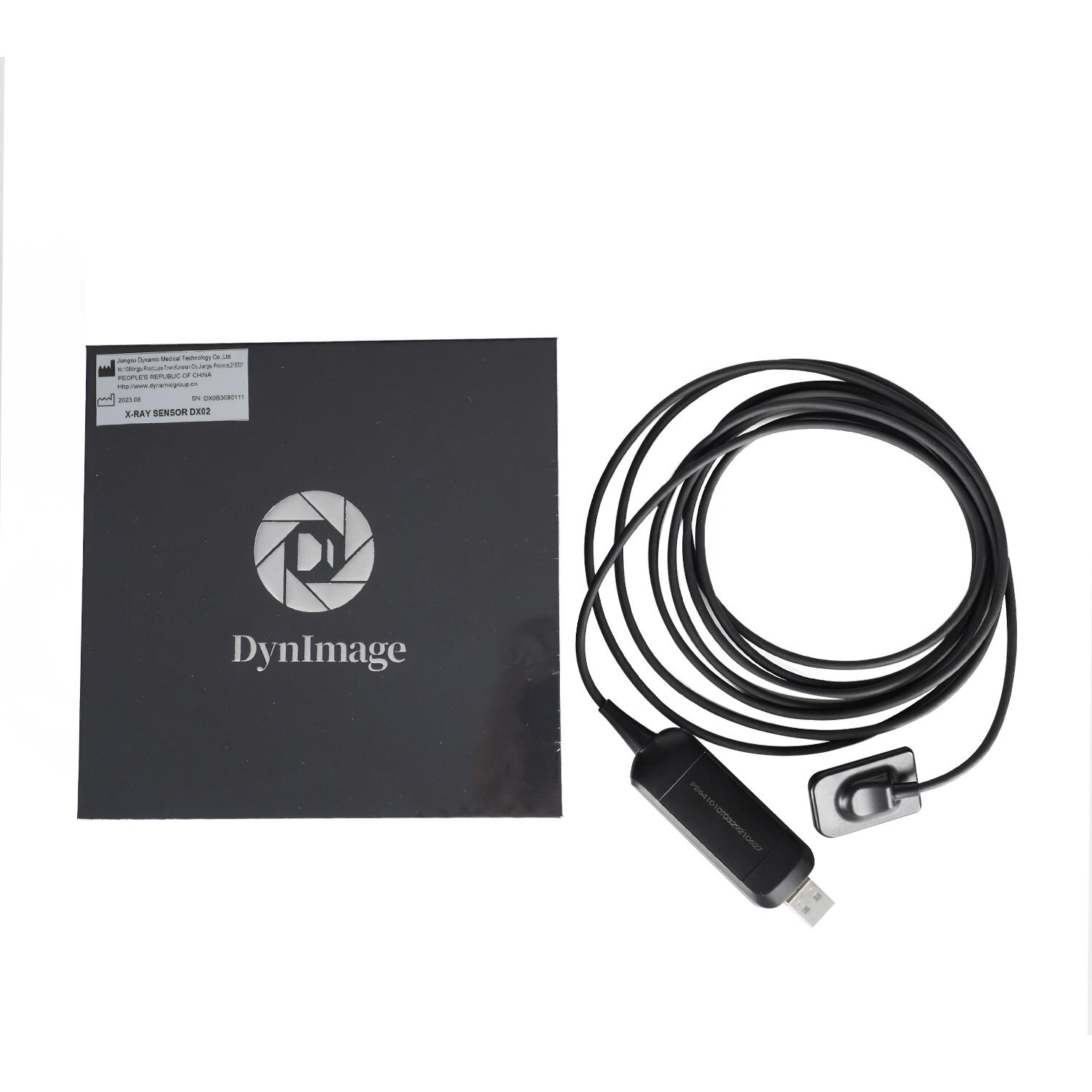Indoors, digital x-ray sensors significantly improve your time. The traditional x-ray machines have many drawbacks compared to this modern tool. Primarily, digital x-ray sensors are highly effective. The between shots took shots with older machines required a long time to develop the film. In contrast, precise images can be produced in just seconds by digital sensors picked up and given by the dentist. It saves you time anything within the dentist allows them to diagnose and treat things more quickly. In addition, digital sensors are used because the images have higher grade. This means dentists see My mouth and jaw area and still see where they can locate problems in other areas. When those issues are dealt with early, the patients suffer diminishing symptoms eliminating symptoms and preventing them from growing. Digital x-ray sensors have made the trust dentists more accustomed. Our dentists in front of traditional films don’t have to be developed at any given moment but instead need to be quickly and easily taken through a modern electronic sensor. This technology aimed to achieve a lot of goals, the firmest and most precise way possible are achieved via digital meetings. Digital x-ray sensors are safe. They release a far lower dose oWhich radiation than traditional x-rays, which may be results in side effects that can harm the patient’s eyes or damage the organs, for example, when examining CT pulmonary angiography, X-rays take pictures of the patient’s digital sensors.aisma and do not contribute to hazardous side effects.foregroundColor Image optionoli
Digital X-ray sensors are very easy to use, often requiring patient postures almost identical to those needed for traditional X-ray images. The only major distinction is that film plates replace a little rectangular “pen” that patients must pass gently through their tongues. Patients will then sit down, and the X-ray machine, together with the dentist’s display computer monitor, will be held over you. The display automatically shows an image of your tooth. The high level of service offered by digital x-ray sensors is perhaps the most obvious benefit. Indeed, digital x-ray sensors are often used by dentists to generate high-quality images quickly. As a result, the diagnosis is generally made faster than with traditional photographs. The best news is that these images are sent electronically to other dentists or specialists who can examine them as the specialist will be there if the specialist visit is necessary or another dentist, or physician will examine them. These images are high definition and provide your dentist with the necessary details for developing a customized care roadmap that is right for your condition. Your dentist will make the best decision for you because the images are comprehensive. Digital x-ray sensors in dentistry are widely used.
The invention of digital x-ray sensors is one of the best things that have happened to dentistry. Thanks to this amazing medical technology, doctors and dentists no longer need to use traditional x-ray films and the complex and time-consuming method of developing them. The single sensor they use is enough to capture high-quality images of the patient’s teeth, efficient, quick, and comfortable enough. Some dentists use digital x-ray sensors for safety reasons; others prefer the technology because it is much easier to capture and analyze images using the computer compared to the traditional method. For whom was the practice innovation created, and how does it help them? Digital x-ray sensors were invented to protect dental professionals and patients and provide a safe, efficient solution to capturing and analyzing dental images. The procedure is safe because digital sensors use less radiation than traditional x-rays. For patients, this means a lower chance of harmful radiation exposure, such as eye, skin, or organ damage. For dentists, safety is one of the main concerns they had to address when creating digital x-ray sensors. That’s why they make them as small, thin, and flexible as possible without sacrificing quality.
Finally, digital x-ray sensors are beneficial to the consumer due to the service level. The ease to capture high-quality images allows the dentist to diagnose and create a treatment plan both faster and more accurately. In addition, the level of service improves the imaging process. All images captured can be readily stored and accessed electronically by other dentists or specialists. For example, if one visits a specialist or their regular dentist is sick, the new dentist can have access to the images taken by a colleague. Quality: Digital x-ray sensors produce high-quality images that ensure the treatment plan is specifically attuned to the patients’ needs. Products, features, advantages Finally, in terms of application, one can use the digital x-ray sensor to diagnose cavities, diagnose gum disease, and abscesses and even assess dental issues. One might also utilize sensors to track the growth and development of teeth into the jaw, perform root canal treatment, or assess the current and final positioning of wisdom teeth.
Digital x-ray sensors have revolutionized the dental industry. No longer are dentists limited to traditional x-ray films and development methods. Instead, they can use a digital sensor to capture high-quality images quickly, comfortably, and efficiently. The technology was developed to help both dental professionals and patients by providing a safe, fast, and accurate way to capture and analyze dental images.

Using a digital x-ray sensor is safe. In fact, digital sensors expose patients to significantly less radiation than traditional x-rays. There is less chance of any harmful side effects, including damage to the eyes, skin, or other organs. Additionally, the inter-oral sensors used for dental purposes are specifically designed with patient safety in mind. They are small, thin, and flexible, making it easy for dentists to maneuver and use them without compromising safety.

The use of digital x-ray sensors is similar to traditional film-based x-rays. The difference is that instead of taking a picture using film, patients will place a small, rectangular sensor in their mouth. The dentist will then position the x-ray machine to capture images of the teeth and surrounding tissues. Once the image is taken, it instantly appears on the dentist's computer screen.

One of the greatest advantages of digital x-ray sensors is the level of service they provide. The ability to quickly capture and analyze high-quality images allows for faster and more accurate diagnoses or treatment plans.
Digital sensors also provide a more streamlined imaging process. The images can be stored and accessed electronically, making it easy for multiple dentists or specialists to view the results. This can be especially helpful if you need to visit a specialist or if your regular dentist is unavailable.
Dynamic, after years development product line covers entire solution digital x-ray sensor solutions, image dental CAD/CAM includes air compressors suction devices, intraoral scanners, dental milling devices, Phosphor Plate Scanning, dental x-ray sensors, more.
digital x-ray sensor RD personnel, caring sales personnel skilled after-sales department accommodate personal requirements customization provide comprehensive service.
products digital x-ray sensor CE as well an ISO certification. 50 patents registered enterprise that national leader high-tech.
Since the time it was founded in 2004, digital x-ray sensor., has been committed to RD manufacturing, as well as selling dental equipment. We are home to over 30,000 square meters of industrial space. We also have our own warehouse and factory. Therefore, we are sure to meet the customers' demand, and our products have been sold to over 100 countries and regions around the globe, and have been sold in thousands and gained an excellent reputation thanks to reliable quality, affordable price and quality service.
Digital x-ray sensors produce high-quality images that can provide your dentist with the necessary information to tailor treatment plans specifically to you. Whether you need braces, fillings, or root canals, the detailed imaging provided by digital sensors can help your dentist ensure that you receive the best possible treatment.
Digital x-ray sensors have many applications in dentistry. They can be used to diagnose cavities, gum disease, abscesses, and other dental issues. They can also be used to monitor the growth and development of teeth, perform root canal treatments, or assess the positioning of wisdom teeth.

